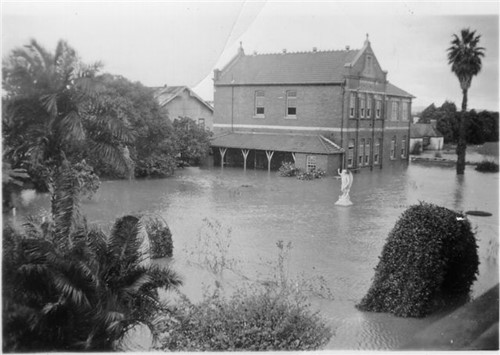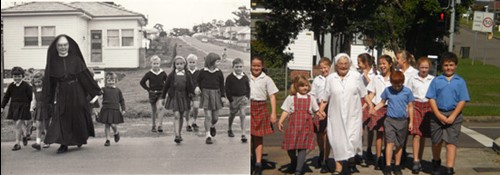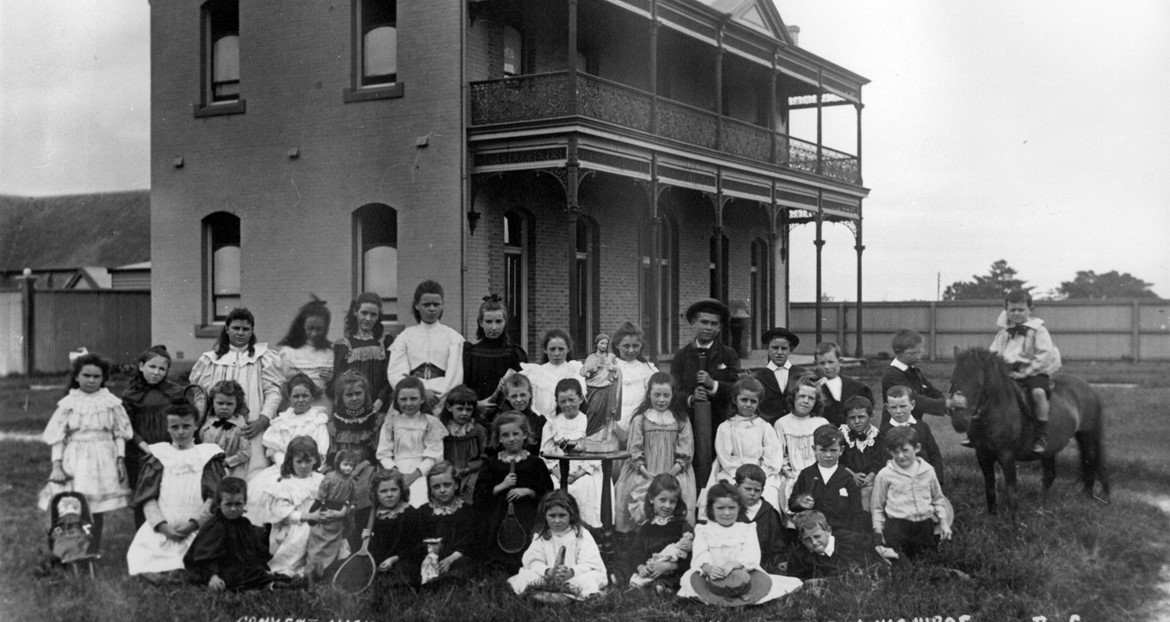The earliest Catholic School in the Diocese of Maitland-Newcastle can be traced to 1834, when Thomas and Mary-Ann Lynch ran a Catholic school with 77 pupils in ‘Maitland’, most likely in the area now known as East Maitland. This was the first of many schools conducted by lay teachers to provide a Catholic education for the children of Hunter Valley settlers.
Bishop James Murray, the first resident Bishop of Maitland was firmly committed to providing a system of schooling with a strong religious orientation which he believed was vital for the development of young minds. To carry out this important responsibility, he invited various religious congregations to establish communities within the diocese. With the removal of government funding to church schools in 1882, the commitment of these religious and the Catholic community who supported them, enabled Catholic schools to continue as a significant ministry of the diocese.
The Dominican Sisters arrived in Maitland from Ireland in September, 1867. Their focus was the education of young ladies and children, firstly in Maitland and later in Newcastle, Mayfield and Waratah. The Sisters had a strong commitment to special education, establishing an Institute for Girls with a Hearing Impairment in Newcastle in 1873. St Dominic’s at Mayfield is a continuation of this work.
Ten Sisters of Mercy arrived from the Ennis Community in Ireland to make a foundation at Singleton on 31 August, 1875 and commenced their works of Mercy in education, care of orphans, and visitation of the sick and elderly. In the following twelve years the Sisters had opened schools at Gunnedah, Murrurundi, Raymond Terrace, Morpeth, Muswellbrook, Lambton, Hamilton, East Maitland, Branxton and Scone. Many schools in the diocese were founded by the Sisters of Mercy.
 |
St Mary's Maitland Campus during the 1949 Maitland floods. Photo courtesy of Dominican Sisters of Eastern Australia and the Solomon Islands Archives. |
The Sisters of St Joseph, Lochinvar trace their origins to the Institute founded by Fr Julian Tenison Woods and Mother Mary MacKillop in Penola in South Australia in 1866. This diocesan congregation was founded in September 1883 when four Sisters from Perthville, NSW moved to Lochinvar. The congregation quickly grew and the Sisters moved throughout the Hunter and Manning regions to teach children in the scattered rural areas of the diocese, as well as in mining areas and suburbs of Newcastle.
The education of boys was not neglected. In 1875 the Diocesan Priests established the Sacred Heart College at Campbell’s Hill, as a place of higher learning for boys. The Patrician Brothers staffed this school for a short period from 1883-1888.
The Marist Brothers began their work in the Diocese of Maitland in 1898 when they took charge of Sacred Heart College, Campbell’s Hill and the boys’ primary school in West Maitland and Newcastle. Their schools at Maitland and Hamilton provided a Catholic secondary education for the young men of these two cities.
In 1961, St Pius X College, Adamstown, was opened to provide secondary education for boys.

Sr Cabrini Boyle RSJ accompanies children from St Benedict's across the road (left) in 1962 and again fifty years on (right) in 2012 where she still assists at the school.
Catholic Schools as we know them today are based on these foundations. While the number of Religious ministering in our schools is very few, the spirit of these congregations is still an important feature of our school system.
The Catholic Schools Office which today administers and serves more than 20,000 students in 58 schools had its foundation in the 1960s when significant changes in all aspects of the educational scene led to the appointment of Monsignor Vincent Dilley as Director of Education to oversee and coordinate the movement to a centralised system of catholic schools. From this small beginning, the office has grown and staff now provide specialist services to assist schools in meeting the challenges of ensuring students receive authentic Catholic schooling, in keeping with the needs of the 21st century.
Special thanks to Sr Marie Hughes for compiling this history.


